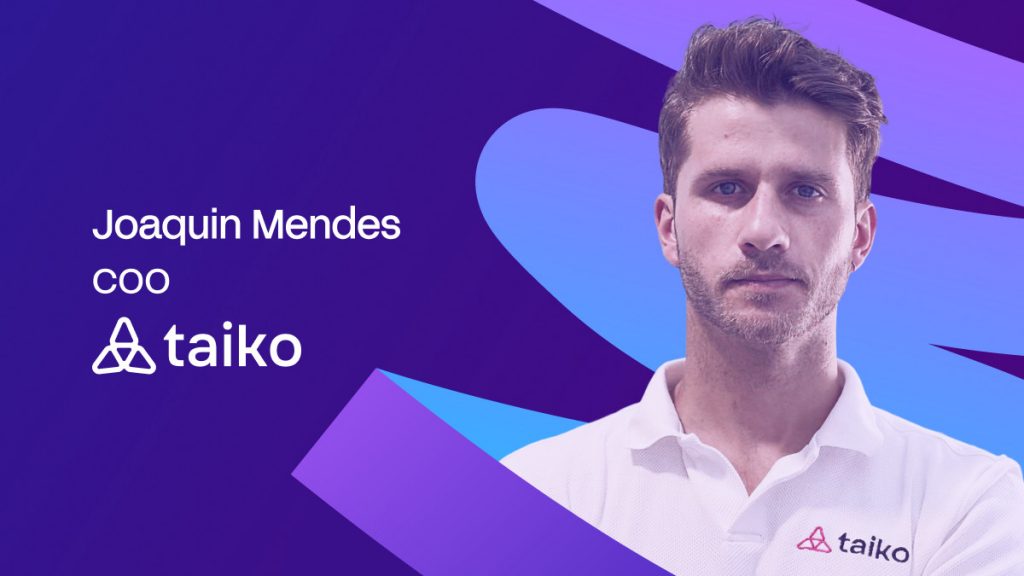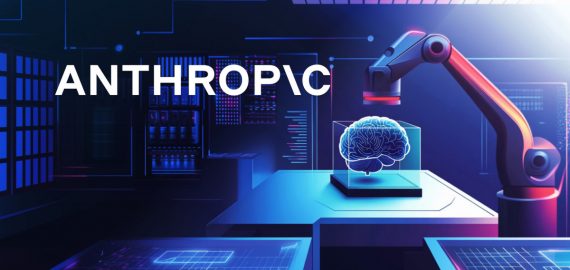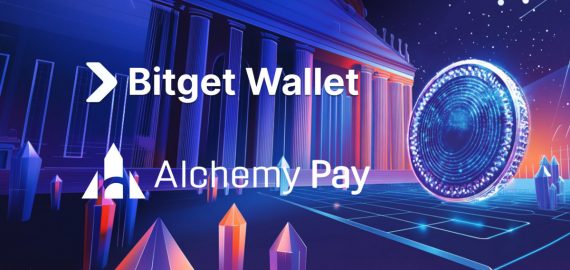Taiko is Redefining Layer 2 with Decentralization and Speed


In Brief
When Taiko launched its Mainnet in May 2024, it redefined Layer 2 design by prioritizing decentralization and security over raw performance—a bold stance that, as COO Joaquin Mendes reveals, reflects the team’s long-term vision to build Ethereum’s first fully based rollup with uncompromising principles and a user-first ecosystem.

When Taiko launched its Mainnet in May 2024, it immediately set itself apart by prioritizing decentralization and security over sheer performance, a bold move in a space dominated by rollups that are centralized. In this interview, Joaquin Mendes, COO of Taiko, Ethereum’s first based rollup, shares his journey from traditional finance to Web3. He discusses Taiko’s design choices that challenge industry norms, and how the team is building a Layer 2 ecosystem that balances cutting-edge technology with a user-focused experience.
Can you start by introducing yourself and your journey into Web3?
I primarily oversee business operations and strategy at Taiko. My journey into Web3 began around ten years ago, and I made it my career four years ago, when I joined Polygon Labs as a Business Developer. Before that, I worked in traditional and corporate roles.
In building Taiko, what was the major design decision you made that went against the prevailing industry direction, and why did you commit to it?
When Taiko was founded three years ago, existing Layer 2s and rollups were taking a centralized approach. In the trade-off between performance, decentralization, and security, they chose performance. Today, all rollups are centralized and operated by a single sequencer.
Taiko took a different approach, choosing based sequencing (a term derived from Ethereum’s base layer, not to be confused with Coinbase’s Base L2) despite its technical complexity and the UX trade-offs that come with prioritizing decentralization over raw performance. It was a major design decision that went against the industry trend, but one rooted in long-term principles rather than short-term optimization..
How does Taiko’s ZK EVM handle edge-case compatibility with Ethereum L1 smart contracts? Are there any other opcodes or behaviors that deviate or are difficult to implement?
Taiko is a Type 1 ZK EVM, which means it reuses all Ethereum code and infrastructure down to the opcode level. This ensures that no code changes or extra audits are required for applications migrating from Ethereum to Taiko. Other rollups differ, varying between Type 2, Type 3, and Type 4 approaches.
How does Taiko ensure a consistent developer experience and tooling between Alethia and future Gwyneth L2s?
Alethia, Taiko’s mainnet, was born as a Type 1 ZK EVM and Gwyneth developed to closely resemble Type 1. This makes the developer experience easy because being Type 1 means using the same developer tooling and code as Ethereum.
However, Gwyneth is a booster rollup, which is different from Alethia. Users and developers will be able to access Layer 1 code and execute it directly on Layer 2. This means for some applications it is even easier. There is no need to copy and paste code or adjust RPC configurations.
Alethia already offers a seamless developer experience, and Gwyneth will make it even more accessible.
Which failure, whether a product launch or technical, stretched your team the most, and what systematic change resulted from it?
Looking back, our biggest challenge was overemphasizing ecosystem adoption when the technology wasn’t ready.
In our first year after launching mainnet, our user experience was slow, a trade-off for our design principles. Despite this, we pushed aggressively for ecosystem adoption and succeeded, reaching a peak of five million daily transactions for a couple of months. But it came at a cost: extensive incentive campaigns that diluted our token. The lesson? We were too aggressive too early. Sustainable growth requires the technology to be ready before you scale adoption.
Moving forward, we will focus more on our current holders, controlling inflation, and encouraging organic adoption. An important step toward this came two months ago when we launched Preconfirmations, an upgrade that brought faster finality and a better user experience.
What are the current throughput and transactions per second figures under realistic load, and what are your bottlenecks?
Right now, we process about 200,000 transactions per day. This positions us as one of the rollups with the highest activity, even though it is less than our peak last year. Given our current design, Taiko is theoretically able to process more than 1,000 transactions per second. That’s the benchmark we’re working toward.
If a major regulation regarding blockchain, crypto, or data changes in your primary markets, which product component would be most impacted, and how ready are you?
Any major regulation should not change our architecture because public blockchains are permissionless infrastructure. Regulatory changes would affect the applications developers build on top, not the blockchain itself. This applies to Ethereum, Taiko, or any public blockchain.
If you could redesign your onboarding process from scratch, what would you do differently? What have you learned about what your users really need versus what you assumed they needed?
I’d focus on onboarding the right users. We initially built for broad retail adoption with incentives, but learned that retail users prioritize yield and performance over decentralization. If I could redo it, I’d design onboarding specifically for the users who need what based rollups actually offer. We’re seeing that shift now, corporations and institutions are joining because they care about decentralization, credible neutrality, and censorship resistance. This is the ideal market for based rollups, and the timing is finally right. I believe this trend will only accelerate over the next three years.
Could you please share Taiko’s roadmap? Are there any new features coming?
We will release the Shasta upgrade by the end of 2025. This will make the protocol cheaper and support full ZK coverage on our rollup, moving to Stage 1 and later Stage 2 in L2Beat. ZK proving is expensive, but full coverage will be possible by year-end. In 2026, we plan to launch Taiko Gwyneth, our synchronous, composable based rollup.
Disclaimer
In line with the Trust Project guidelines, please note that the information provided on this page is not intended to be and should not be interpreted as legal, tax, investment, financial, or any other form of advice. It is important to only invest what you can afford to lose and to seek independent financial advice if you have any doubts. For further information, we suggest referring to the terms and conditions as well as the help and support pages provided by the issuer or advertiser. MetaversePost is committed to accurate, unbiased reporting, but market conditions are subject to change without notice.
About The Author
Victoria is a writer on a variety of technology topics including Web3.0, AI and cryptocurrencies. Her extensive experience allows her to write insightful articles for the wider audience.
More articles

Victoria is a writer on a variety of technology topics including Web3.0, AI and cryptocurrencies. Her extensive experience allows her to write insightful articles for the wider audience.

















































